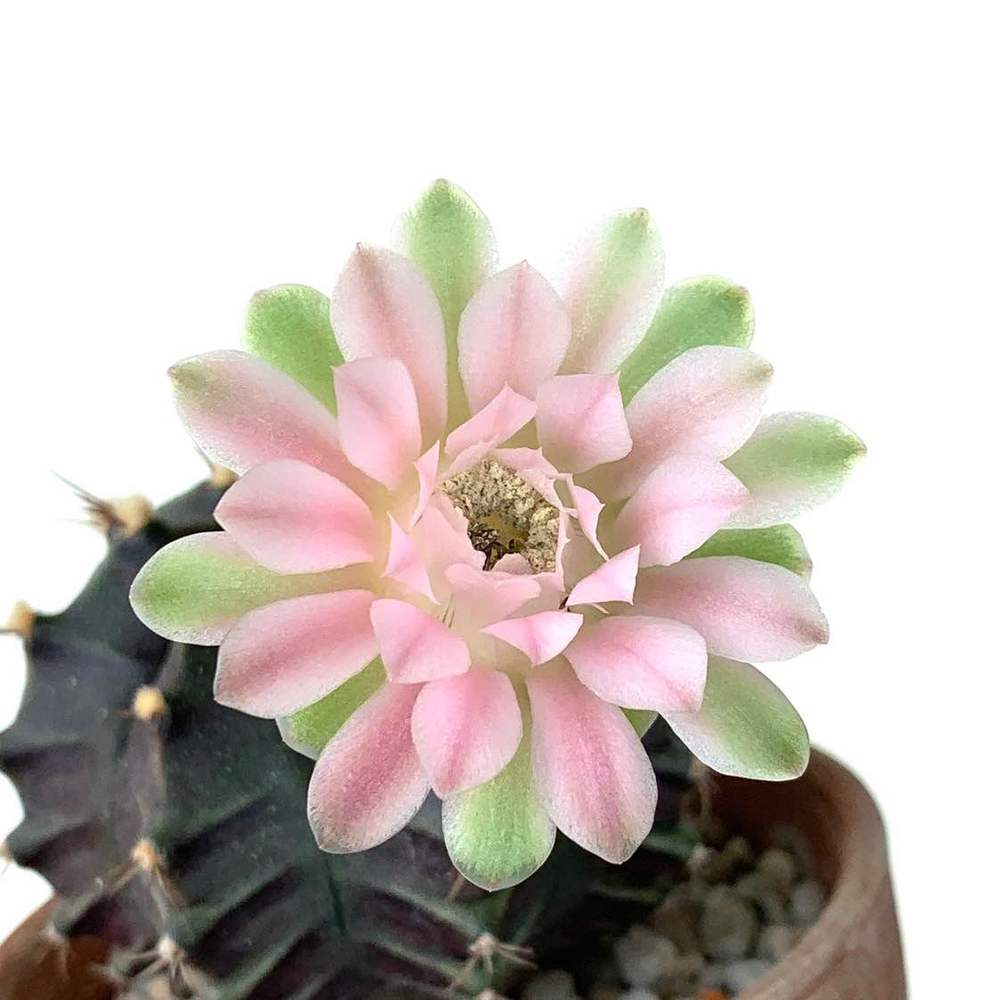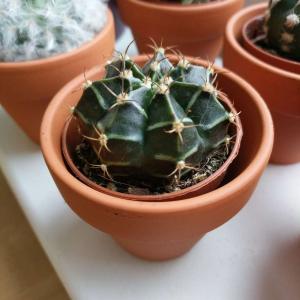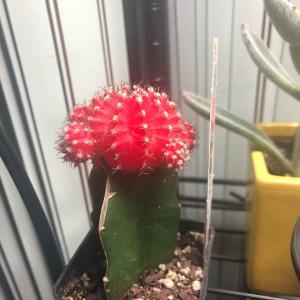Plant Experience
Detail
Gymnocalycium mihanovichii ‘Hibotan’ comprises a large group of popular mutants, characterized by more or less red colored bodies. They are red (but also orange, dark purplish, yellow or even white, at least 16 color variants have been described) because they contains few chlorophyll or even no chlorophyll at all. Since chlorophyll is necessary for photosynthesis, these mutations die as seedlings unless grafted onto another cactus with normal chlorophyll. The stem is flattened globose to elongated globose, white, yellow, orange, red, greenish-purple, reddish brown to a dark grape color, up to 4 inches (10 cm) tall and up to 5 inches (12.5 cm) in diameter, often branching profusely from the sides. It has 8 to 14 ribs, very prominent, and sharp banded whit strong dark brown markings especially when young. The spines are light to dark brown, somewhat twisted, up to 0.4 inch (1 cm) long. The flowers are pale-pink to purplish-pink, up to 3 inches (7.5 cm) long. The fruits are gray-green to pinkish-red up to 1.6 inches (4 cm) long and up to 0.4 inch (1 cm) in diameter.
Growing Conditions
Light: Some Gymnocalyciums are shade-seeking in the wild, among shrubs or grasses, while others grow completely exposed. Some will therefore need a light shading from the sun in the hottest months, but to overdo this will result in loss of flowers.
Soil: The balance of the potting medium should be sufficient to allow good drainage, so that the plants do not sit in soggy soil for more than a day or two after watering.
Water: Watering in the summer months, while the plants are growing well can be frequent (weekly for small plants in small pots), but always allowing the compost nearly to dry out before rewatering. Watering in the winter months at all is unwise, and certainly not necessary. The difficult times are spring and autumn.
Growing Conditions
Light: Some Gymnocalyciums are shade-seeking in the wild, among shrubs or grasses, while others grow completely exposed. Some will therefore need a light shading from the sun in the hottest months, but to overdo this will result in loss of flowers.
Soil: The balance of the potting medium should be sufficient to allow good drainage, so that the plants do not sit in soggy soil for more than a day or two after watering.
Water: Watering in the summer months, while the plants are growing well can be frequent (weekly for small plants in small pots), but always allowing the compost nearly to dry out before rewatering. Watering in the winter months at all is unwise, and certainly not necessary. The difficult times are spring and autumn.
Album (58)

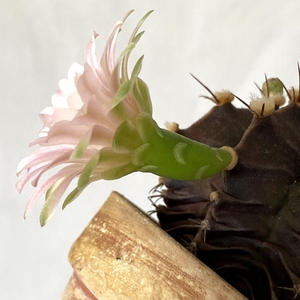
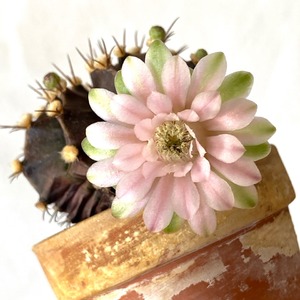
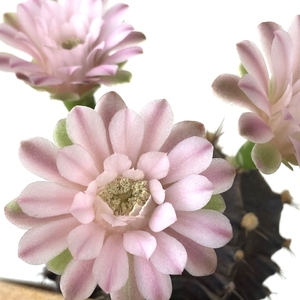
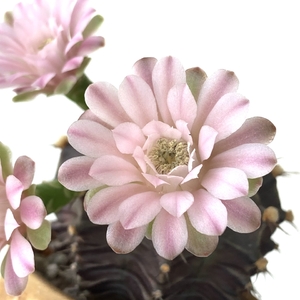

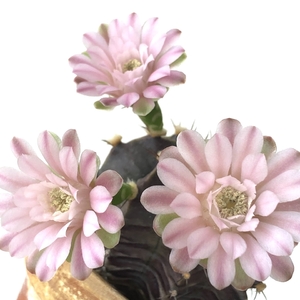
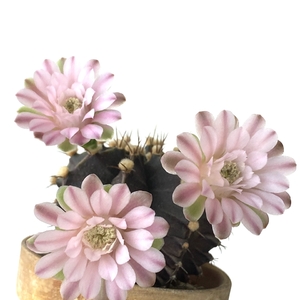
kensong
2018-12-12

This is my first growing diary. From Chatuchak Market.
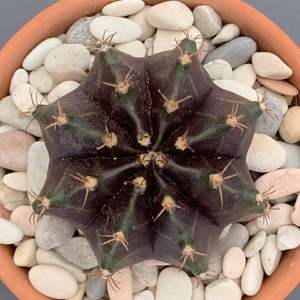
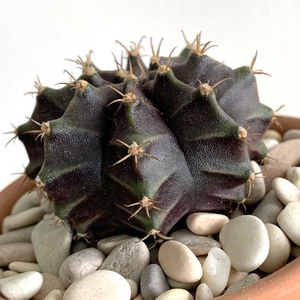


Related Users
Elite Article


